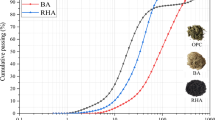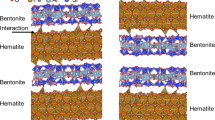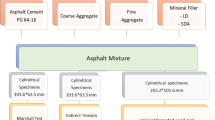Abstract
There is a need to introduce modern sand binder systems in the South African foundry industry as a means of improving its competiveness through the reduction of scrap castings and compliance to environmental regulations. According to the Industrial Policy Action Plan (IPAP). The foundry industry will play an important role with regards to the economic infrastructure priority advocated in the National Development Plan (NDP) of South Africa. In this study a new generation water glass binder is introduced in a local foundry for production of cores for export plumbing casting production. The new water glass introduced is unique in that it contains an inorganic breakdown agent. The core making operating parameters including binder content, temperature and cycle time are optimised through core making trials without any alterations on the coremaking machines. Production data was evaluated using an optimization feature of Microsoft excel software. The results provided a set of optimum operating variables to manufacture 80-100% good quality sand cores for casting applications with an environmentally friendly binder. The most favourable binder content is above 2.60%.The most favourable operating temperature range is 160–174 °C. Therefore temperature and related energy costs can be reduced. The shortfall is reduction in cycle time.
Similar content being viewed by others
References
Department of Trade and Industry, “http://www.thedti.gov.za/,” 2017. [Online]. Available: http://www.thedti.gov.za/DownloadFileAction7icN1170/DownloadFileAction7icN1170. [Accessed 06 2017].
I. Izdebska-Szanda, A. Balisnki, “New generation ecological silicate binders,” Procedia Engineering, 10, pp. 887–893, 2011.
M. Stachowicz, K. Granat, D. Nowak, K. Haimann, “Effect of hardening methods of moulding sands with water glass on structure of bonding bridges,” Archives of Foundry Engineering 10, pp. 123–128, 2010.
J. Campbell, Complete casting handbook, 1st edition, Elsevier, Butterworth-Heinemann, pp 923–930, 2011.
S. Dobosz, P. Jelinek, K. Major-Gabrys, “Development tendencies of moulding and core sands,” China Foundry, 8, (4), 438–446, 2011.
Y. A. Owusu, “Physical and chemical study of sodium silicate as a foundry sand binder,” Advances in colloid and interface science, theses, pp. 57–91, 1982.
H. Polzin, Inorganic binders for mould and core production in the foundry. 1st edition red., Berlin: Schiele and Schon Gmbh, 2014.
Peak GmbH, “www.peak-giesserei.de/,” [Online]. Available: http://peakgiesserei.de/en/binder-und-haerter/en/binder-und-haerter/. [Accessed 06 2017].
P. Orberschelp, Development of an inorganic core binder system for multiple applications under varying foundry conditions. 71st World foundry Congress, Bilbao, 2014.
Author information
Authors and Affiliations
Corresponding author
Rights and permissions
About this article
Cite this article
Banganayi, F.C., Nyembwe, D.K. & Polzin, H. Optimisation of an Environmentally Friendly Foundry Inorganic Binder Core Making Process for the Replacement of an Organic Binder. MRS Advances 5, 1323–1330 (2020). https://doi.org/10.1557/adv.2020.225
Published:
Issue Date:
DOI: https://doi.org/10.1557/adv.2020.225




